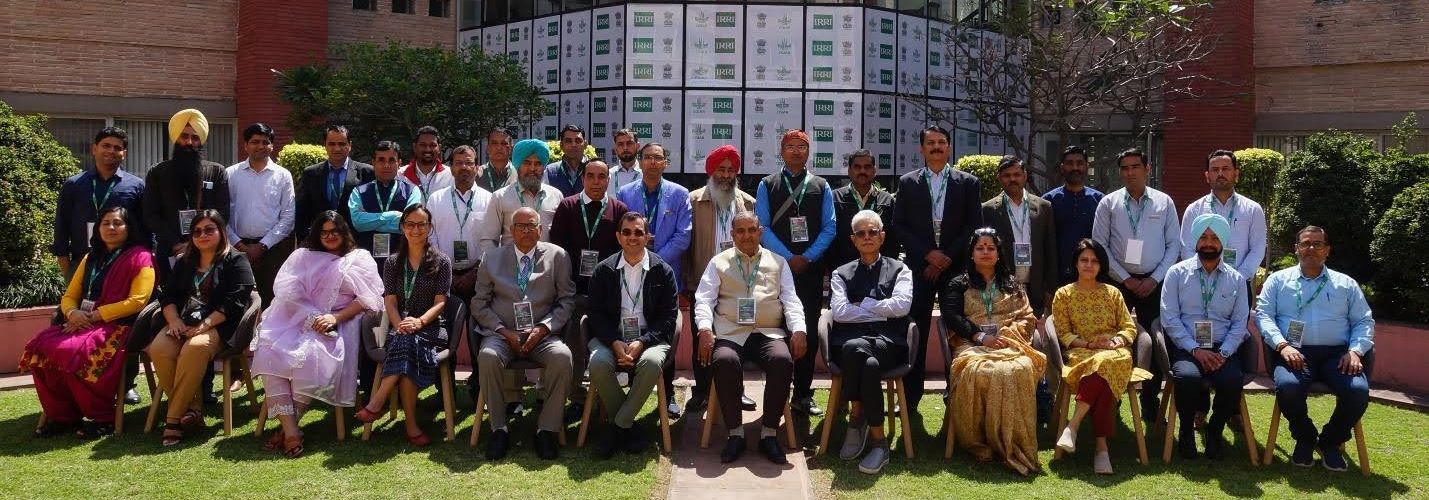Empowerment by design: Gender-intentional rice breeding through Target Product Profiling
- From
-
Published on
23.07.24
- Impact Area

The PlantDirect project , in collaboration with Market Intelligence Work Package (WP2) 2, facilitated a workshop on Gender-intentional Target Product Profile (TPP) design in Varanasi, India, with stakeholders from the Indo-Gangetic Plains. They aimed to identify and develop suitable rice varieties tailored to stakeholders’ needs in the DSR value chain, which is crucial for scaling up regional rice production.
The workshop brought together a diverse group of stakeholders from the Northwestern and Eastern regions, where dry-DSR is being rolled out to refine the TPPs. The group discussed the current market segmentation for both regions, focusing on genetic, agronomic, and social relevance. Current TPPs were reviewed to ensure gender intentionality through consultation with stakeholders such as UN Women and OLAM’s gender focal points.
Gender intentionality is an important aspect of Target Product Profile (TPP) design. A TPP summarizes the “desired” features of an identified group of stakeholders. A gender intentional TPP ensures women are included and that future products benefit both male and female farmers, consumers, and other stakeholders. In India, Direct Seeded Rice (DSR) has gained momentum, offering a sustainable and efficient rice production strategy for millions of smallholder farmers. While adoption is increasing, particularly in states like Punjab, Haryana, Uttar Pradesh, and Andhra Pradesh, it still needs to be higher than traditional transplanting methods.
“Gender-intentional breeding is more likely to enhance greater impact as it caters to the needs, preferences, and demands of different genders and other marginalized groups.”, said IRRI Senior Scientist Melanie Connor. “Men and women farmers, processors, and consumers can have different trait preferences, which may depend on their gender norms, roles and responsibilities, subjective ecosystem, and production purpose– whether for commercialization or home consumption.”, she continued.
Adoption rates of new varieties can be increased through gender-intentional product design. If breeders…
Related news
-

Australia partners with International Livestock Research Institute to upskill researchers from Africa and Asia
International Livestock Research Institute (ILRI)13.11.25-
Food security
-
Poverty reduction, livelihoods & jobs
Australia has joined forces with the International Livestock Research Institute (ILRI) to support th…
Read more -
-

Next-gen rice lines top check varieties at 7.5 t/ha in ESA
International Rice Research Institute (IRRI)11.11.25-
Food security
MOROGORO, Tanzania (8 October 2025) — Elite rice lines are outperforming the current popular varie…
Read more -
-

QTL Profiling Now Live on EBS
International Rice Research Institute (IRRI)11.11.25-
Food security
QTL profiling is now integrated into the EBS Platform’s MDA module. Teams across CGIAR research…
Read more -
